When users complain of whitening unevenness, many manufacturers focus solely on bleaching formulations and overlook how improper frequency settings can lead to motor overheating and undermine product durability. In fact, incorrect vibration frequencies not only reduce activation efficiency but also accelerate enamel fatigue in localized areas, resulting in uneven whitening and increased wear.
First, the frequency of cold-light or sonic activation directly dictates the speed and depth of free-radical generation:
Achieving precise and stable frequency output is therefore fundamental to consistent whitening.
Next, mismatched frequencies impose cyclic stresses on the enamel surface:
Altogether, improper frequency settings are a key driver of both enamel damage and whitening unevenness.Enamel damage.
Moreover, motor overheating undermines whitening efficacy and shortens device life:
Effective thermal management and frequency stability are therefore equally critical.Company web:: https://www.powsmart.com/product/electric-toothbrush
Additionally, bleaching formulas must align with device frequency profiles:
Such co-optimization ensures safety, durability, and consistent whitening.
To validate frequency–effectiveness matching, perform rigorous testing:
These protocols ensure devices leave the factory both effective and reliable.
Finally, empower partners and end users with clear instructions:
Comprehensive training and proactive support prevent misuse that leads to uneven whitening or enamel damage.
Conclusion
Whitening unevenness, motor overheating, and compromised product durability are intimately linked to improper frequency settings. By optimizing frequency algorithms, heat management, formulation pairing, stringent testing, and robust user training, B2B manufacturers can deliver whitening devices that are efficient, safe, and consistently reliable. Contact us to co-develop the next generation of intelligent whitening solutions!
.jpg)
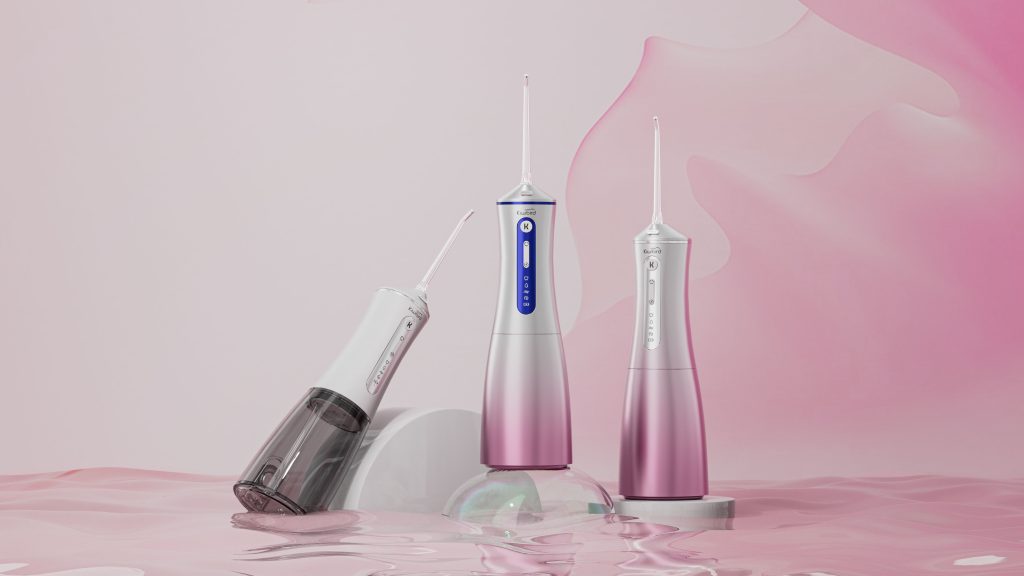
-1-scaled.png)
How Red Light Therapy Boosts Gum Health in Advanced Oral Care Products
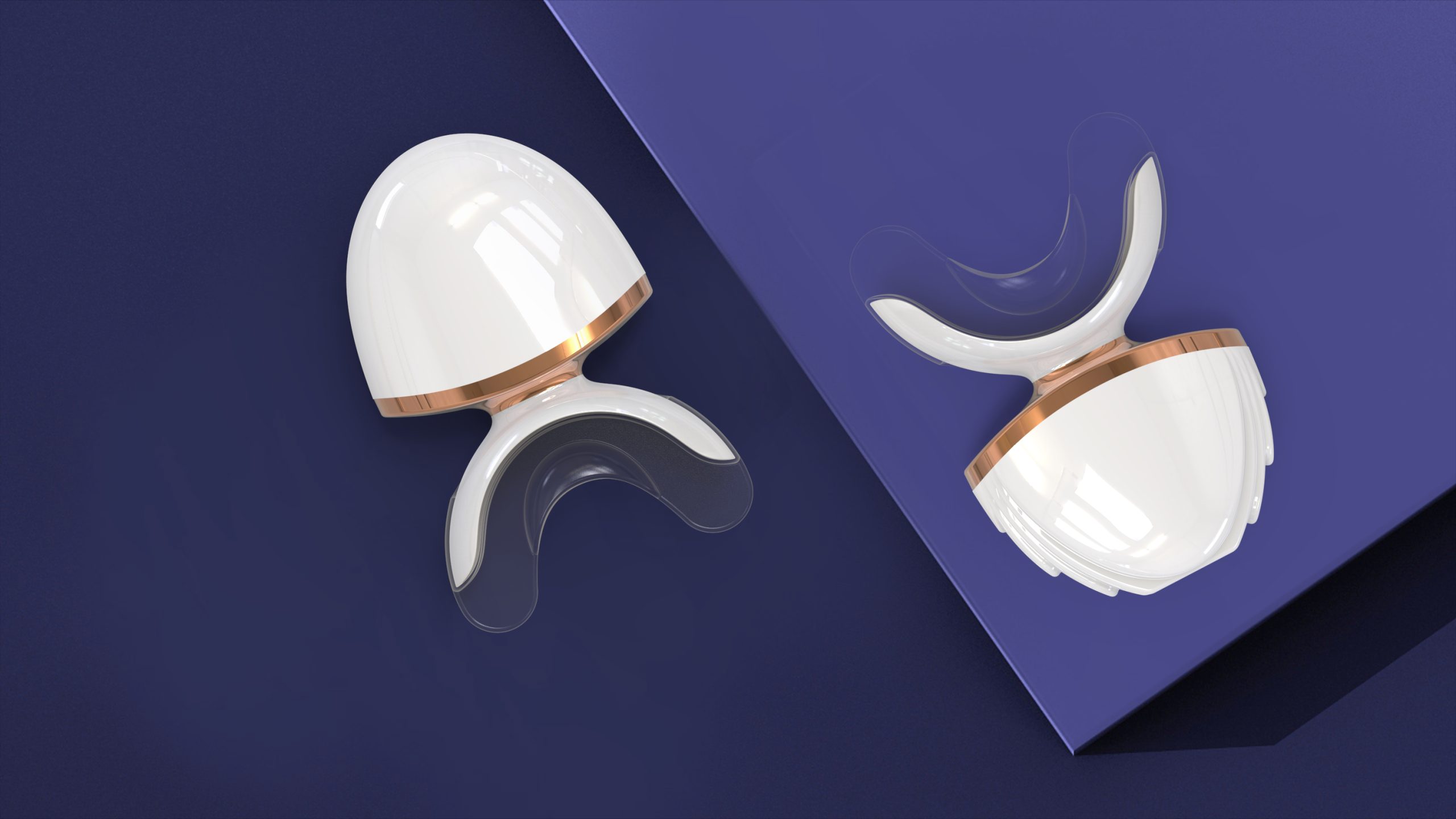
Dentist’s Guide: Choosing the Right LED Whitening Device for Stains
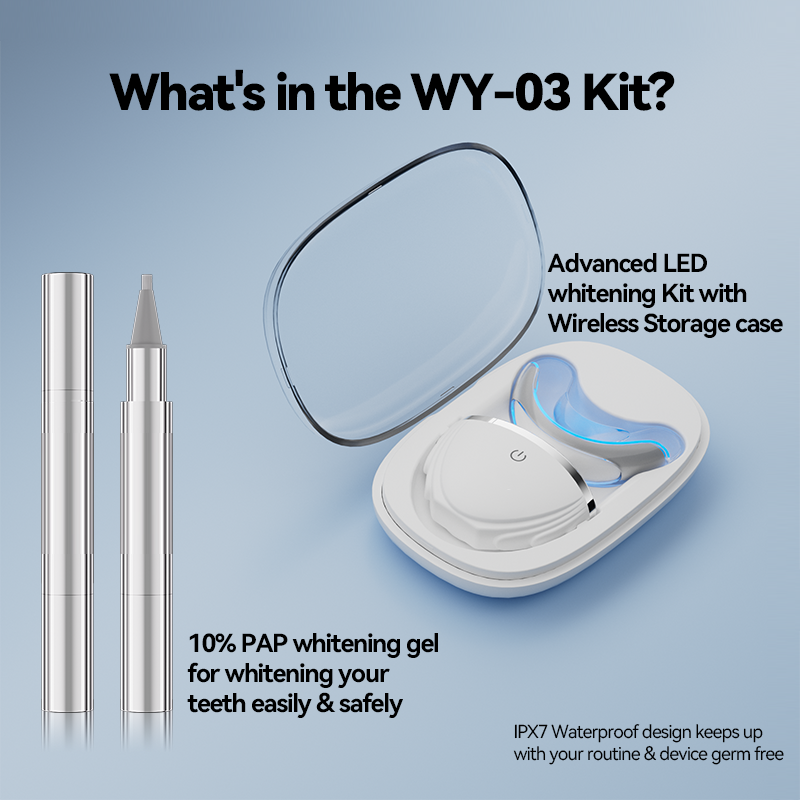
OEM of Teeth Whitening Device: A Complete Solution from LOGO Printing to Light Wave Mode Customization
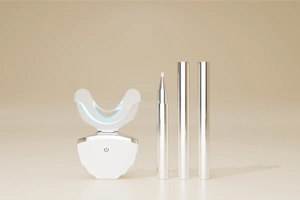
Complete Analysis of Teeth Whitening Gel Ingredients: Safe Hydrogen Peroxide Levels, Desensitizing Agents & pH Balance
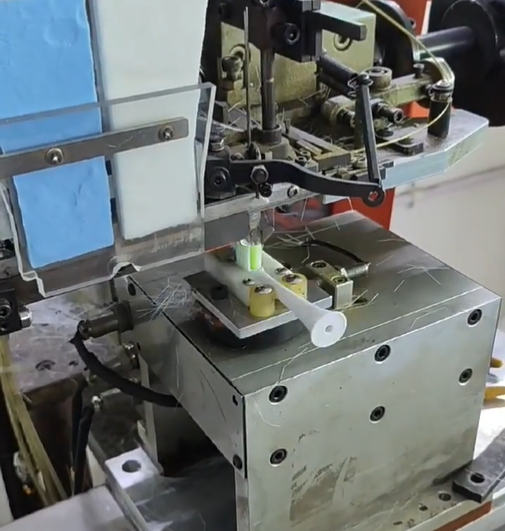
Environmentally Friendly Oral Care Products: Consumer Demand and Market Growth Potential
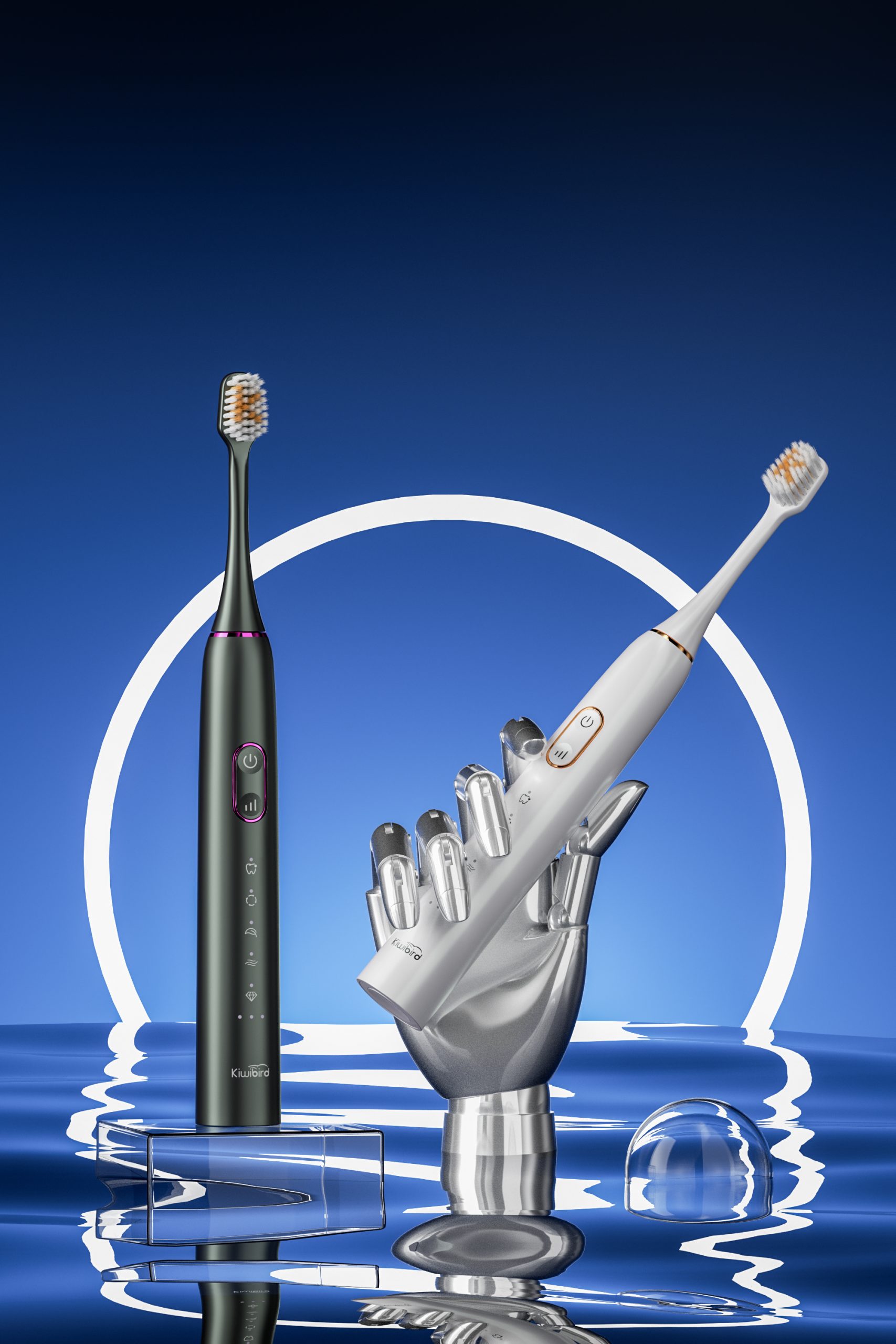
Why a College essential toothbrush tops Student oral care lists

What is the Electric Toothbrush Market Forecast?

Is Blue Light Under 480nm Safe for Teeth Whitening Devices?
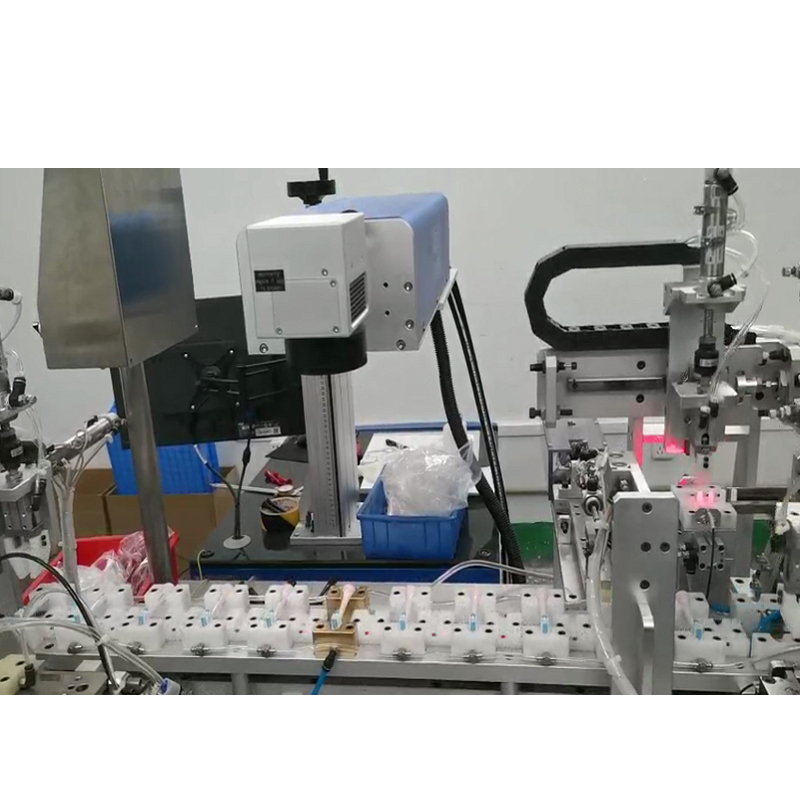
Electric Toothbrush Production Process Diagram: Complete Process from Injection Molding to Assembly and Key Points of Quality Inspection
Over-Bleaching Effects from Whitening Effectiveness Claims?
.jpg)
Is the Colorado mountain toothbrush really a Colorado durable toothbrush — proven?
.jpg)
Oral Care Market Trends 2025: Which High-demand Oral Care Products Are Most Worth Distributing?
.jpg)
Executive Diwali gift or Status symbol toothbrush — what truly impresses?

Explaining the Teeth Whitening Device and How to Use It
.jpg)
How to Choose a High-Profit Electric Toothbrush? A Must-Read Guide for Distributors
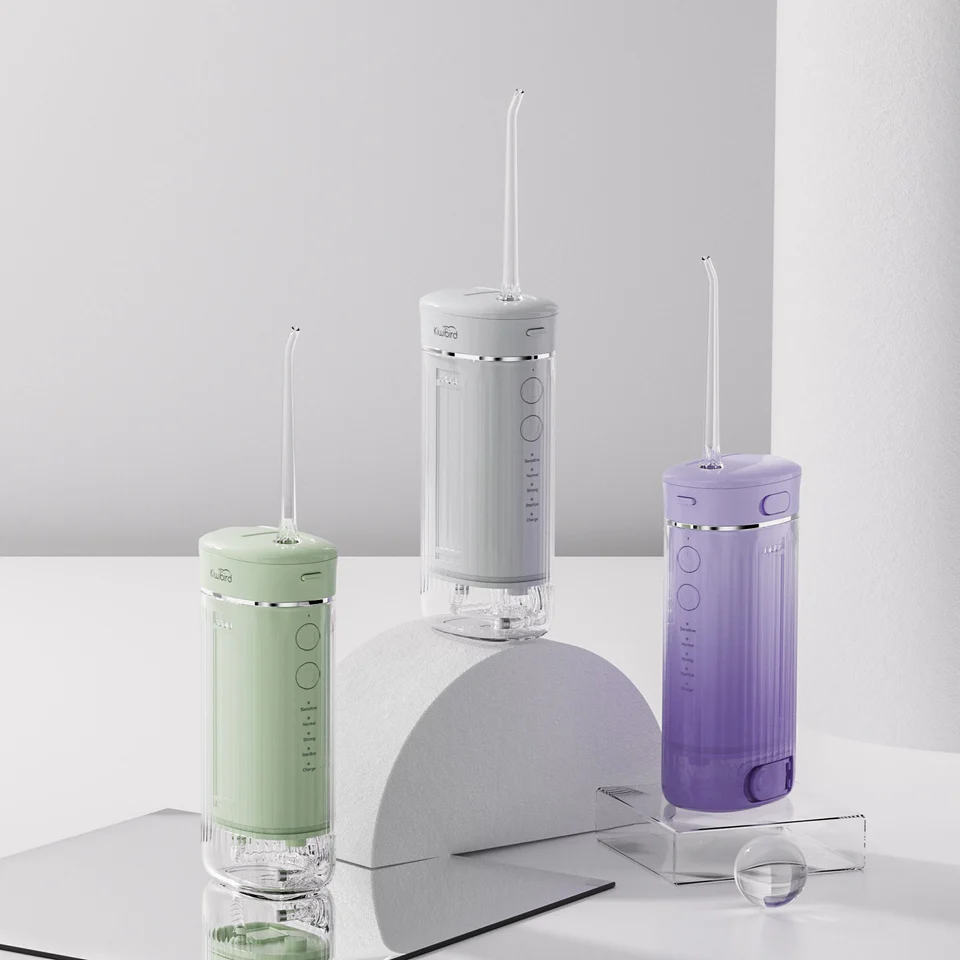
Appearance Economy Supply Chain: How to Improve Oral Care Product Appeal through Product Appearance Color
.jpg)
Florida Electric Toothbrush – Powsmart PTR-C8

electric toothbrush heads Deep Clean

electric toothbrush heads Charcoal Infuse-Round

electric toothbrush heads Regular Clean

Electric toothbrush heads Charcoal Infused-Diamond

Customization Teeth Whitening Gel

Private Label Whitening Gel

electric toothbrush heads Ultra Soft
whstapp
whstapp
National Toll-Free Service Hotline
+86 755 86238638